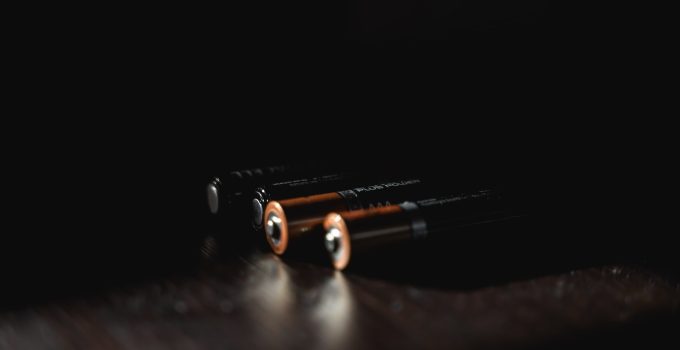How handy are you around the house, and do you know what batteries to reach for when using them at home, or when shopping for them at the store? Which type should be used in low-draw devices like a clock or TV remote control? Which ones are best for your smartphone, and why? Do alkaline cells perform better or must you pick zinc batteries? All of these are just some questions that you should know the answers to. So, what distinguishes the two types and kinds most significantly? Below is an overview. Keep on reading and find answers to all of your questions.
What is an alkaline battery?
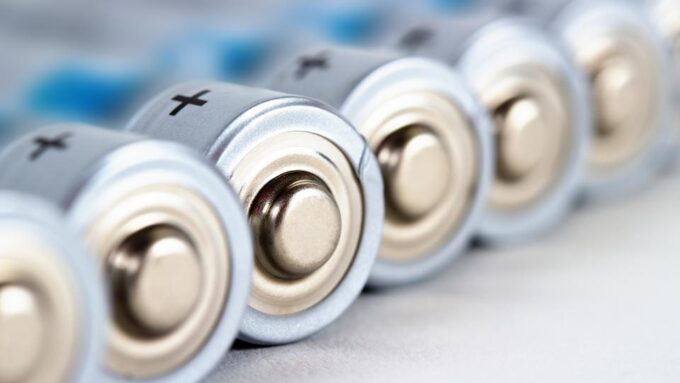
Source: bhphotovideo.com
These batteries have many advantages over their zinc-based counterparts.
Lithium-ion batteries are a smart investment since they have a shelf life of up to ten years with just a five percent yearly capacity loss, three to five times the capacity, strong current output, good high and low-temperature performance, and a low initial cost.
However, alkaline batteries are the most expensive compared to zinc cells, however, the difference between the two has shrunk significantly over the past 20 years as production has increased.
The capacity of alkaline cells varies widely depending on the current being used.
At low currents, the capacity of a typical AA cell is 3 AH, but at high currents, it reduces below 1 AH (which is typical of high draw gadgets).
What is a regular battery?
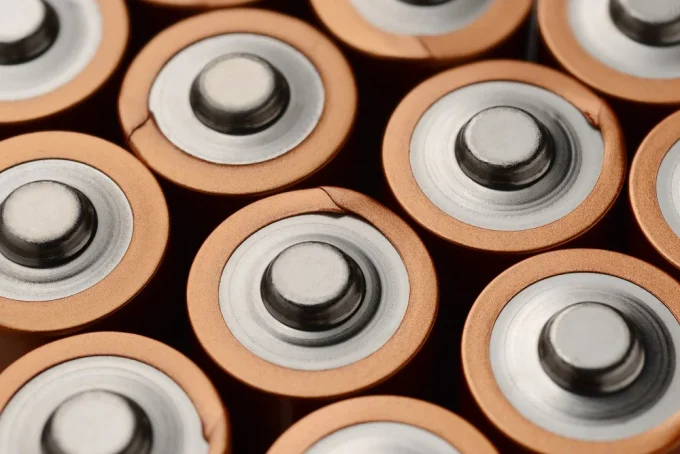
Source: paleblueearth.com
A single cell is only capable of producing a relatively modest voltage, which is commonly 1.2, 1.5, or 3.6 volts. Batteries are made up of multiple cells that are coupled together in a series configuration so that the voltages can pile up. So, for example, a 9-volt PP3 (MN1604) battery is made up of six flat cells that are stacked on top of each other to produce 9 volts, which is calculated as 6 times 1.5, which equals 9. An outer shell surrounds the cells and keeps them safe. In order to generate 12 volts, the six individual cells that make up a lead-acid automobile battery are connected in series.
What is the main difference between these two kinds of batteries?
The electrolyte in alkaline batteries is basic, while that in other types of batteries is acidic.
Because of differences in electrolyte composition and battery structure, chemical interactions can have an impact on capacity, durability, and other battery characteristics.
A major technological advancement and one of the most reliable products available today are alkaline batteries.
An anode (negative terminal), a cathode (positive terminal), an electrolyte (conductive material), and a separator are all components of any battery, lithium or otherwise.
While running, lithium ions move from the anode to the cathode.
This continues to generate energy until all ions have moved.
The anode receives the lithium ions again during charging.
What is the difference between lithium kinds and what characteristics are important?
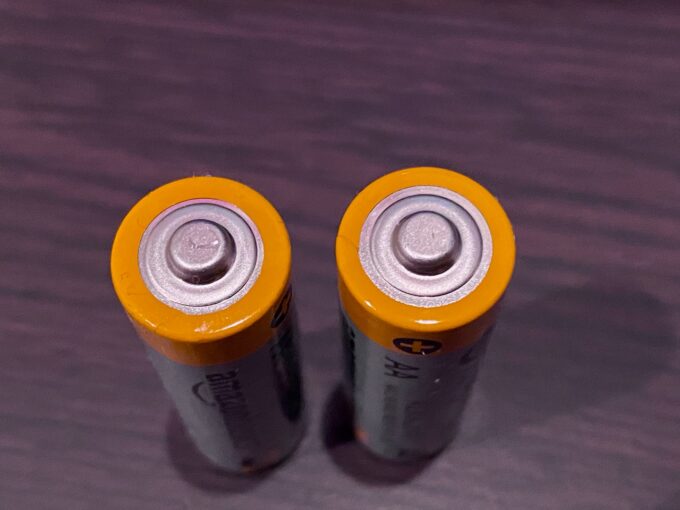
Source: unsplash.com
- They are reusable – lithium batteries are types of products that you can reuse and recharge. In most cases, they can last for two to three years. This depends on how long and often you use them and reach for them.
- Consistent output – this means that with lithium kinds you won’t lose voltage. You will always have consistency and power, no reason to think about a backup.
- Customizable – did you know that alkaline batteries can be different and can come in loads of different sizes? They are customizable and quite popular on the market with loads of options to choose from.
- Know when to use them – lithium kinds and types work best in applications where a loss of power is unacceptable. This mostly applies to medical centers or equipment, wireless outdoor tech, etc. This makes them perfect for ”heavy-duty” use.
What is the difference between alkaline kinds and what characteristics are important?
Alkaline batteries work the same as lithium models, but they only transfer ions in one direction, as we’ve said and explained before. The main difference and characteristics are:
- They are recyclable – lithium-ion batteries have an exceptionally difficult recycling process. People who care about the environment and those who are eco-friendly will like this feature.
- Affordable & cost-effective – alkaline batteries are mostly single-use items, which makes them affordable and easy to get through, yet you’re still staying responsible and eco-aware by recycling.
- Lower fire hazard – lithium batteries pose a fire hazard when damaged, alkaline batteries have a very low fire risk and are seen as safer options than the two.
- Their use and application- alkaline batteries work best for items that don’t need a consistent voltage for extended periods. They are usually used to power flashlights, smoke alarms, and smaller home appliances.
Which one performs better?
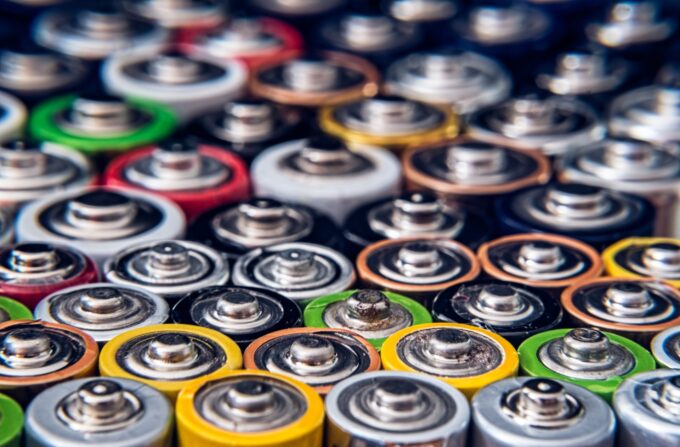
Source: unsplash.com
Chemically, the majority of individuals concur that an alkaline battery performs somewhat better than a non-alkaline battery.
However, non-alkaline batteries are dependable, less expensive, and can be substituted for alkaline ones.
When a fast, high-current battery drain is required, electronic goods with the label “Use only alkaline batteries” are typically appropriate and safe to use.
An example of this would be a camera flash that requires rapid charging.
Additionally, you should be aware that AA batteries are the most prevalent form of battery around the globe, which is a fun fact to know when shopping for a new model.
Where to find the best batteries for your personal use?
Did you learn something new just now and with this article? Ready to power your home appliances the right way and with proper options? If you’re looking for some amazing and high-quality alkaline options, make sure to check out EBL batteries. They come in packs of 4 or 28 + they also come with free shipping. Enjoy their high performance, 1.5 Volt, and 10-year shelf life! Anyone looking for universal solutions and durable models will find them on this site. Check out all of their options and models for convenient use.

